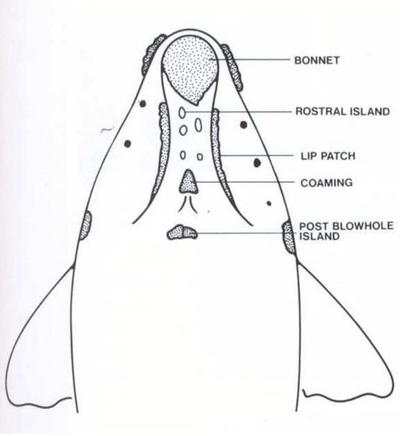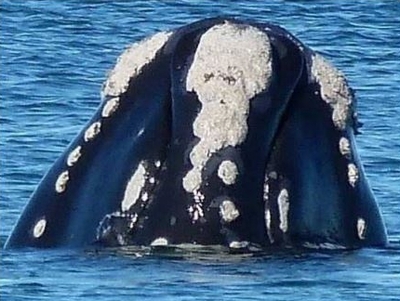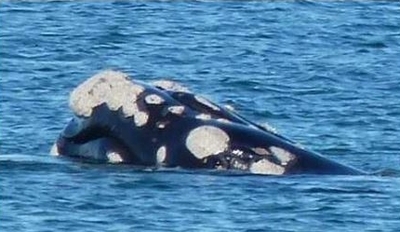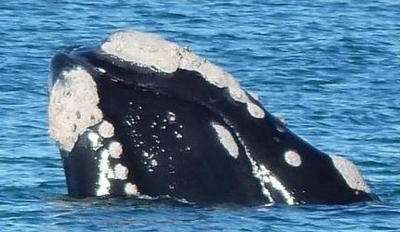Guide to taking photographs for whale identification
Individual Southern Right Whales can be identified by unique patterns of thickened skin on the head (known as callosities). The callosities used for photo identification include the bonnet, lip patches, rostral islands, coaming and post-blowhole island (shown in Figure 1). Identification of individual Southern Right Whales relies on obtaining clear images of the callosity pattern on the rostrum area (upper jaw or snout) on top of the head. The images are most effective when captured from a cliff-top or some other high vantage point on the land such as a lighthouse. Best images from land are of whales breaching (Figure 2) or spyhopping (Figure 3a). However, multiple images of the same whale taken from different angles can help capture all callosity features required for identification (Figure 3a – 3c).
Figure 1. Pattern of callosites on a Southern Right Whale's head. Source: Bannister, 1990
Callosities patterns used for photo identification
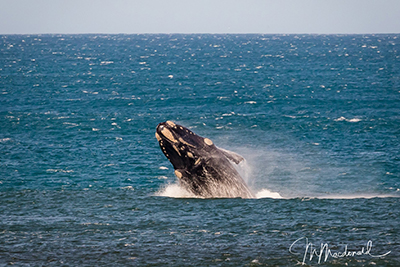
Figure 2. Southern Right Whale breaching. Source: Maureen Macdonald.
Collisity patterns on the rostrum clearly visible
Figure 3a. Southern Right Whale spyhopping. Source: Penny Rawlings.
Shows bonnet and lip callosities clearly, but some rostral island, coaming and post-blowhole callosities obscured by water
Figure 3b. Southern Right Whale spyhopping. Source: Penny Rawlings
Shows rostral island callosities.
Figure 3c. Southern Right Whale spyhopping. Source: Penny Rawlings
Callosities on left side of rostrum and lower jaw.
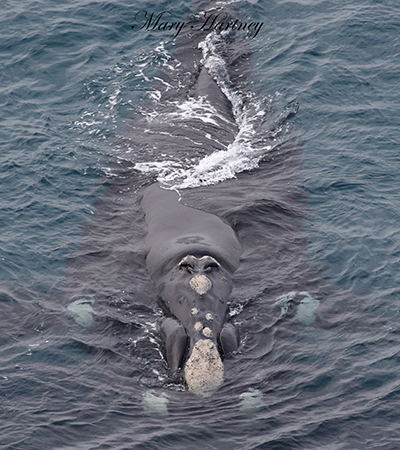
Figure 4a. Southern Right Whale. Source: Mary Hartney.
Good Southern Right Whale identification image, but angle makes it difficult to tell if post blow hole collosity is separate or fused.
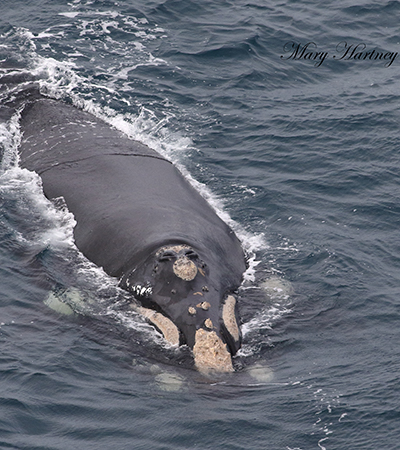
Figure 4b. Southern Right Whale. Source: Mary Hartney
Good Southern Right Whale identification image, but a little too close as front of bonnet not fully visible.



